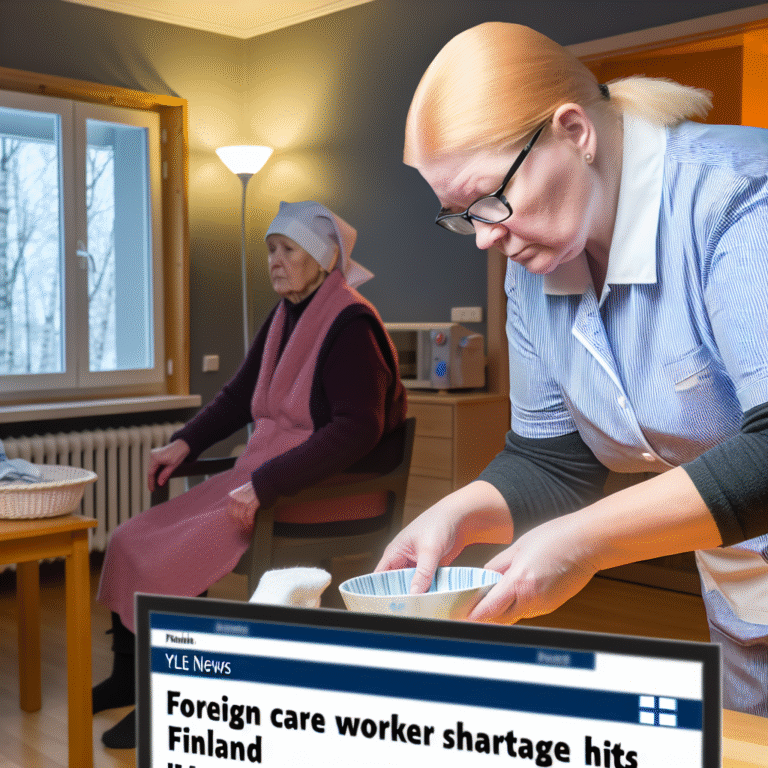The influx of foreign workers into Finland’s healthcare sector has sharply declined in recent months, a significant shift from previous years that raises concerns over staffing shortages.
In the first four months of this year, only 32 foreign applicants, primarily from the Philippines and Sri Lanka, were approved for their initial residence permits to work in health and social care. This is a stark contrast to the same period last year, when over 570 permits were granted, and follows a record-breaking 2022, which saw more than 2,000 foreign healthcare professionals receive work permits.
Despite Finland’s ongoing battle with labor shortages in the care sector, the current economic conditions are casting a shadow over recruitment efforts. The public sector’s financial constraints have curtailed job opportunities for foreign nurses—a reality that is being felt acutely at various levels of government.
“The health and social care labor market is weak at the moment, and that inevitably shows in international recruitment,” noted a senior adviser at the Ministry of Economic Affairs and Employment, who spoke with the Finnish news agency STT.
As regional well-being authorities prepare to trim their rosters this autumn, reports indicate that well-being services counties anticipate laying off between 2,000 and 3,000 staff members. This impending wave of redundancies is further affecting the appeal of international recruitment, according to the nursing union Tehy.
“People come to Finland to send money home,” emphasized May Day Okkeri, Tehy’s chief negotiator. “You can’t come here to work if you can’t secure your own living.”
While the care sector faces a paradox—transitioning from being critically short-staffed to potential layoffs—the looming challenges of an aging population and retiring workers suggest that demand for healthcare professionals will only increase. A government report last year projected that Finland will need over 20,000 additional nurses and practical nurses by 2030.
As the country navigates these complex dynamics, the future of its healthcare workforce remains uncertain, with vital questions about how to effectively attract and retain the talent necessary to meet the needs of its citizens.



